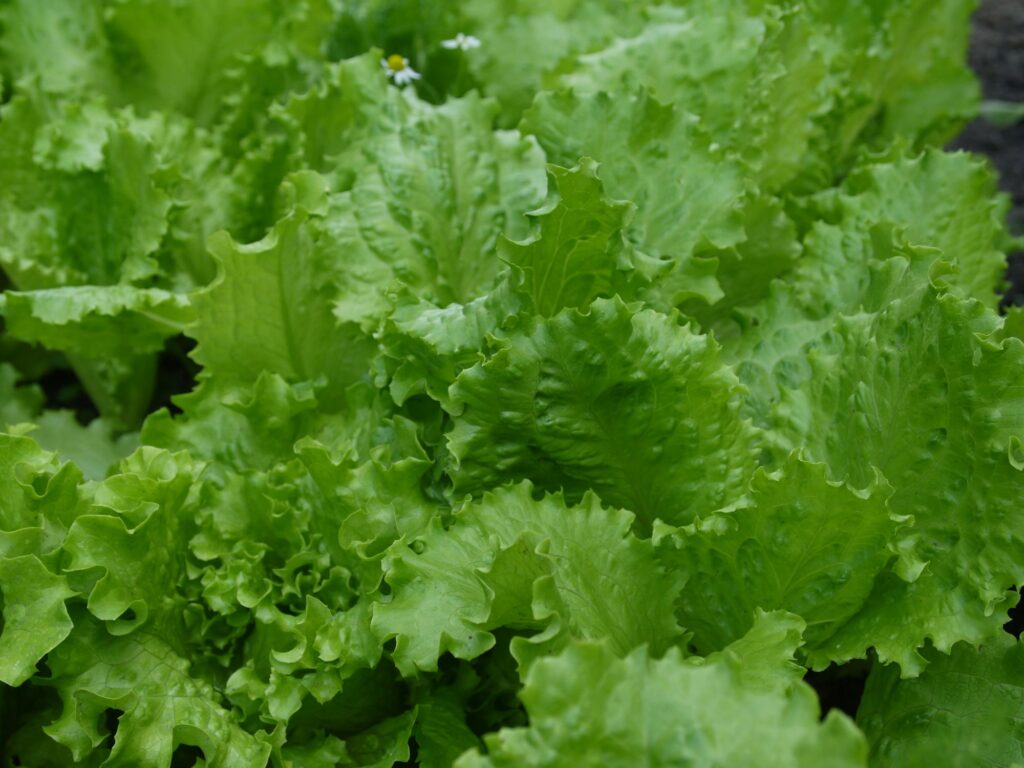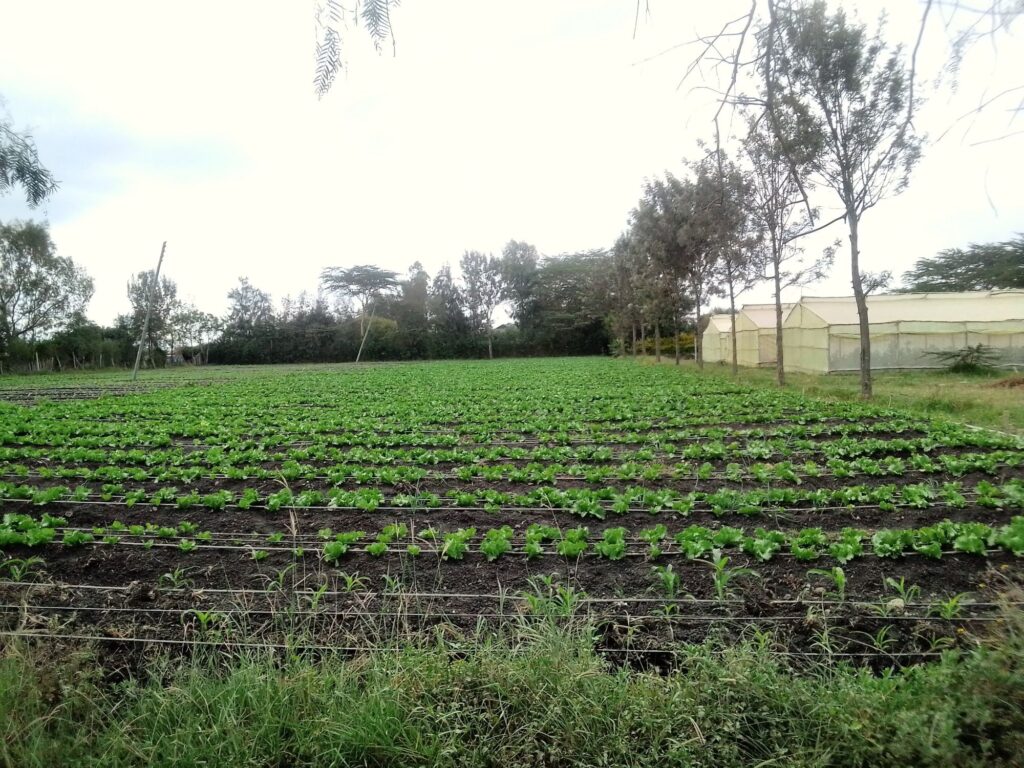
Lettuce (Lactuca sativa) is one of the fastest and easiest leafy vegetables to grow, and demand is strong year-round from households, hotels, restaurants, and grocery stores. With a short production cycle (as little as 30 days for baby leaves), you can turn around cash quickly — if you manage it well.
In this guide, we’ll cover:
- The best climatic conditions for lettuce in Kenya
- Step-by-step farming and management practices
- Uses in the kitchen and market opportunities
- Health benefits of eating lettuce
Why Grow Lettuce?
- Fast returns — harvest in 30–60 days depending on type
- Small space friendly — suitable for open field, greenhouse, or containers
- Steady market — hotels, supermarkets, street vendors, and direct home deliveries
- High nutritional value — packed with vitamins and minerals while low in calories
Lettuce Varieties You Can Grow in Kenya
- Romaine/Cos – Crunchy, elongated leaves; more heat-tolerant than other types
- Butterhead (Bibb, Boston) – Tender, sweet leaves; premium salads
- Loose-leaf (Lollo, oakleaf) – Cut-and-come-again harvests; perfect for mixes
- Crisphead/Iceberg – Firm heads; best in cooler highland climates
Tip: In warm areas, go for romaine and loose-leaf “slow-bolting” types. In cool highland areas, all varieties can perform well.
Optimal Climatic Conditions in Kenya
Temperature: 15–20 °C is ideal. Above 27 °C, plants are prone to bolting (premature flowering) and bitterness.
Altitude: Best at 1,200–2,400 m above sea level (Central Highlands, Rift Valley highlands, parts of Western).
Soil: Well-drained loam, rich in organic matter, pH 6.0–6.8. Avoid waterlogging.
Water: Keep soil consistently moist, not soggy. Drip irrigation works best.

Step-by-Step Lettuce Farming in Kenya
1. Nursery Preparation
Use certified seeds.
Prepare a fine seedbed and sow seeds 3–5 mm deep.
Keep moist and shaded until germination.
Transplant after 3–4 weeks when seedlings have 2–4 true leaves.
2. Land Preparation
Make raised beds for good drainage.
Incorporate well-decomposed manure or compost before planting.
3. Spacing
Romaine/Butterhead: 30–40 cm between rows × 25–30 cm within rows.
Loose-leaf: 25–30 cm × 20–25 cm.
4. Fertilisation
Apply compost or manure before planting.
Use a balanced NPK at planting.
Apply light nitrogen top-dressings during growth (avoid excessive nitrogen to reduce nitrate buildup).
5. Irrigation
Water lightly and frequently to keep soil evenly moist.
Avoid cycles of drought and flooding.
6. Weed & Pest Control
Weed regularly but shallowly to avoid damaging roots.
Common pests: Aphids, cutworms, snails.
Common diseases: Downy mildew, leaf spot, bottom rot.
Use crop rotation, proper spacing, and hygiene to prevent problems.
7. Harvesting
Loose-leaf: Begin cutting outer leaves from 20–30 days after sowing.
Heading types: Harvest when heads are firm but before leaves turn yellow.
Typical yields: 5–15 t/ha under open-field conditions.
Post-Harvest Handling
Harvest early in the morning while cool.
Remove field heat quickly by shading or cooling.
Wash in clean water, drain well, and pack in perforated bags or boxes.
Store at 0–5 °C for maximum shelf life.
Uses of Lettuce
- Fresh salads
- Sandwiches & wraps
- Juicing & smoothies
- Value-added products like pre-washed salad mixes and baby-leaf packs
Health Benefits of Lettuce
- Low in calories, high in water content (about 95%)
- Rich in vitamins A, K, and folate
- Contains potassium, vitamin C, and antioxidants
- May help support heart health and improve digestion
Final Word
Lettuce is a high-value, quick-maturing crop that fits perfectly into Kenya’s highland and cool-season farming cycles. With good planning, pest management, and post-harvest care, it can be a reliable income source — even from small plots.

Disclosure: This banner contains an affiliate link. I may earn a commission if you purchase through it, at no extra cost to you.
